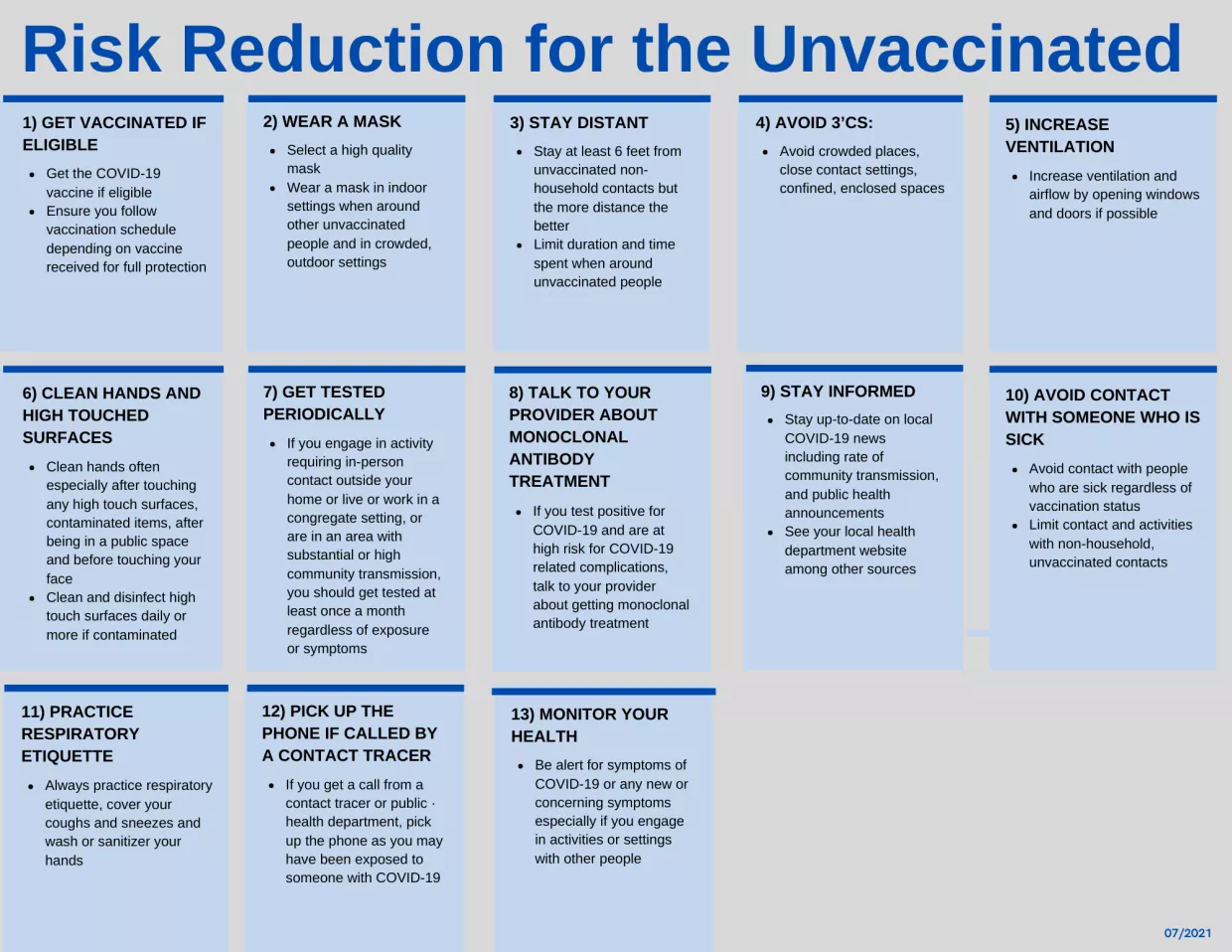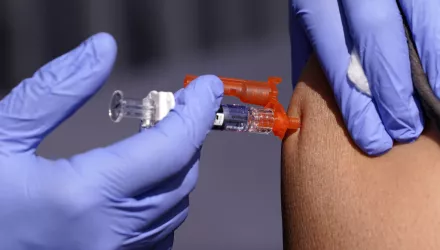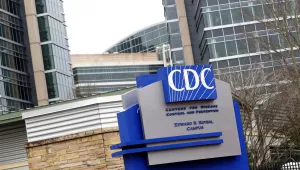The U.S. has now entered a new phase of the pandemic – this time a preventable fourth surge fueled by the highly transmissible Delta variant. Nearly 97 percent of hospitalized COVID-19 patients have not been vaccinated. A stark reminder of the divide among vaccinated and the unvaccinated. The COVID-19 vaccine is the leading public health prevention strategy along with layered risk reduction measures as described in the “Risk Reduction for the Unvaccinated” table below. The importance of these measures increases as a function of the prevalence of infection in a given area. Unvaccinated individuals in places where community transmission is substantial (>50 cases per 100,000 population) and high (>100 cases per 100,000 population) face significant exposure risk.

Madad, Syra and Amesh Adalja. “Risk Reduction for the Unvaccinated.” Belfer Center for Science and International Affairs, Harvard Kennedy School, July 29, 2021





